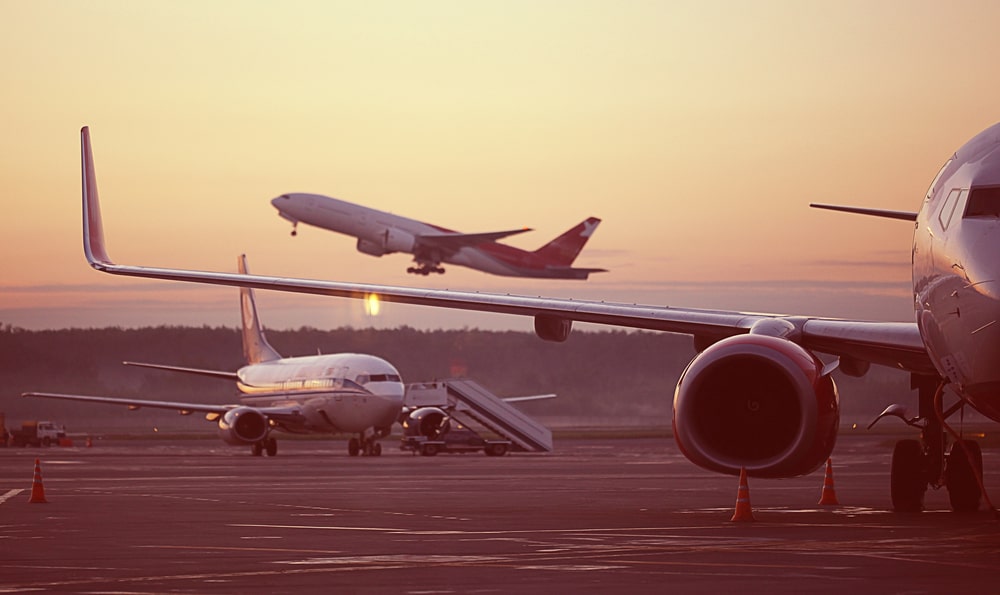
With busier airports, experts are concerned about a rise in ground collisions
Aviation experts are increasingly concerned that busier airports which welcome more passengers across more flight landings are at greater risk of aircraft ground collision.
The recent accident involving a Japanese Airlines plane and a Tokyo Coastguard plane at Tokyo Airport has highlighted the precariousness of ground collisions.
“Traffic is coming back, things are getting busier and runaway surface areas at airports are complicated and complex, with many moving parts and interactions”, said Hassan Shahidi, CEO of Flight Safety Foundation, a US-based non-profit, speaking to the Financial Times.
Flight Safety Foundation published a report last November calling for more improvements to on-ground safety. Many planes operate collision avoidance systems when in mid-air, the report argues, but there is no universal “last line of defence” at airports.
Today’s modern aircraft are equipped with ground proximity warning systems which provide the flight crew with accurate and timely information about any potential impacts with incoming obstacles or terrain during landing.
Translating this sophisticated technology to airports is incredibly complex, say many experts. For one thing, any ground system would need to cater for the different aircraft and ground vehicles that transit through an airport.
However, some technology does exist. The Federal Aviation Administration (FAA) said that 35 US airports are fitted with a system known as ASDE-X. This system uses radar, satellites and a navigational tool called multilateration.
Multilateration, known as hyperbolic positioning, locates an object through a process of accurately computing the time difference of arrival (TDOA) of a signal emitted from the object to three or more receivers.
In addition, new technology is being developed. Airbus has been working with Honeywell Airspace since 2018 on a new system called Surface Alert (SURF-A). The technology is designed to help prevent runaway collisions using visual and audio warnings given to pilots.
“Technology could be ready to deploy gradually over the next few years that analyses aircraft position data through specialised algorithms to alert pilots of an aircraft or ground vehicle is on or near the runaway”, said Jim Currier, Chief Executive of Honeywell Airspace.
A FAA report into air traffic safety published in November last year highlighted that there has been a rise in the most serious type of runaway incidents. Similarly, the report said that air traffic systems suffered from ‘inadequate funding’ in staffing, equipment, technology and facilities.
The rise in these near misses is not related to one single factor. Factors behind this rise include the COVID-19 pandemic, loss of expertise and loss of workforce according to the FT.
In the United States, there are 1,000 fewer air controllers than a decade ago. Meanwhile, in Europe, there have been strikes and warnings from trade unions of staff shortages and fatigue among air traffic controllers and pilots.
With air travel soon expected to exceed pre-pandemic levels, many experts are concerned that airports, already under strain from capacity issues, may try to squeeze as many flights in as their infrastructure can handle.
For insurers, the potential increase in aircraft traffic on the ground at airports, highlights the importance of having more control of their ground accumulation exposures. Russell's ALPS Aerospace Visualiser is one of the models available to insurers to monitor ground accumulation at a market level and also apply a valuation to the exposure in their portfolio.
If you would like to access more Russell Thought Leadership, you can sign up for a free account here.

Related Articles
Aviation
Aviation
Aviation